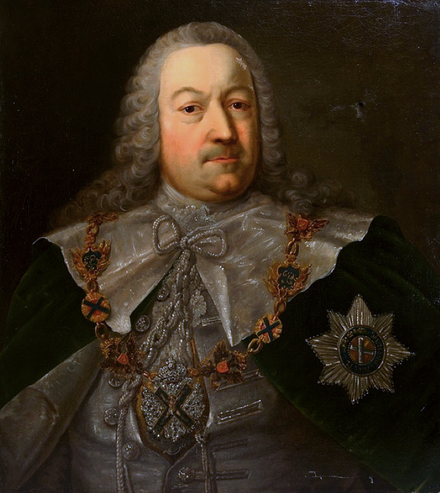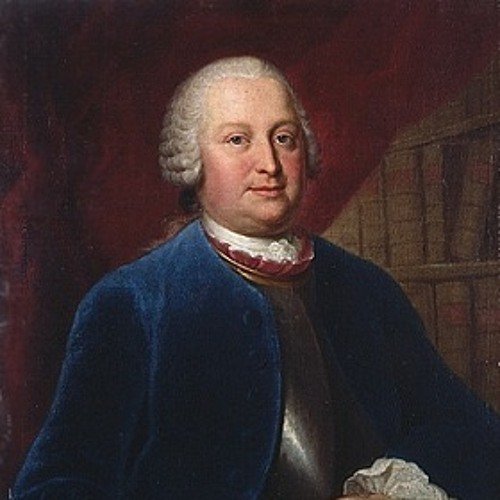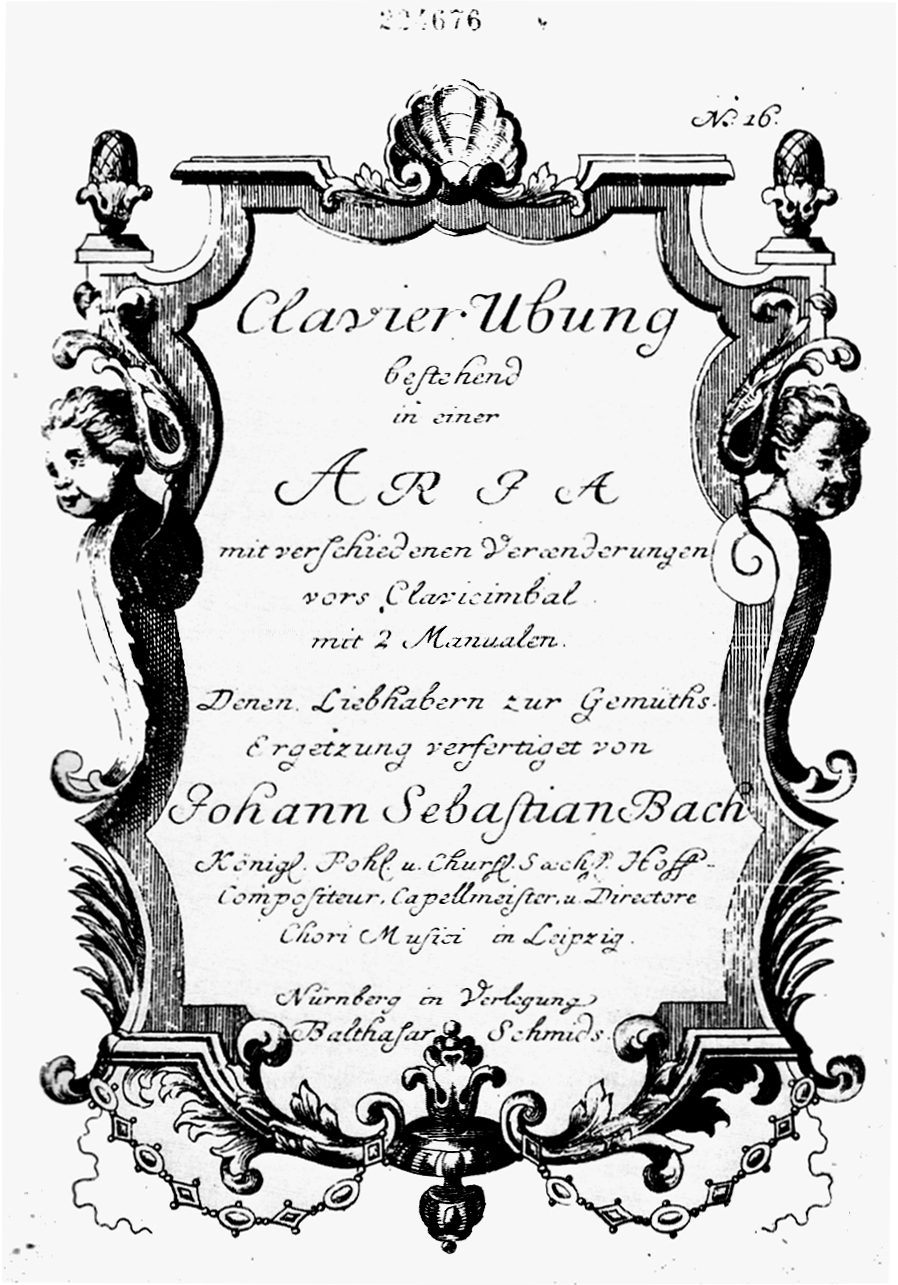Who was Goldberg anyway?
The actual title of the work popularly known as the Goldberg Variations is Keyboard Practice, consisting of an Aria with Diverse Variations, for the Harpsichord with 2 Manuals. Composed for Music Lovers, to Refresh their Spirits.
So who was Goldberg?
Count Keyserlingk, the Russian ambassador to the Saxon court in Dresden, was a passionate fan of music who entertained some of the best instrumentalists of the day at his home. Among them was a young harpsichord prodigy named Johann Gottlieb Goldberg. Goldberg studied both with Bach’ s eldest son Wilhelm Friedemann and, in the early 1740s, with Bach himself. According to J.S. Bach’ s first biographer, Johann Nikolaus Forkel,
“[Keyserlingk] was often sickly, and then had sleepless nights. At these times Goldberg, who lived in the house with him, had to pass the night in an adjoining room to play something to him when he could not sleep. The Count once said to Bach that he should like to have some clavier pieces for his Goldberg, which should be of such a soft and somewhat lively character that he might be a little cheered up by them in his sleepless nights. Bach thought he could best fulfill this wish by variations, which, on account of the constant sameness of the fundamental harmony, he had hitherto considered as an ungrateful task. But as at this time all his works were models of art, these variations also became such under his hand. This is, indeed, the only model of the kind that he has left us. The Count thereafter called them nothing but ‘ his’ variations. He was never weary of hearing them; and for a long time, when the sleepless nights came, he used to say: “Dear Goldberg, do play me one of my variations.”
It’s an amusing story but, alas, probably not true. Had Keyserlingk truly commissioned the work, Bach would almost certainly have included a dedication to the Count, as would have been customary at the time. In addition, the variations had already been printed at the time the alleged commission took place. What is more likely is that Bach brought copies of the newly-engraved variations with him on his 1741 visit to his son Wilhelm Friedemann in Dresden. It would have been a proper gesture to present the Count with a copy, which Goldberg would have played, and thus was a sobriquet—and a story—born.


